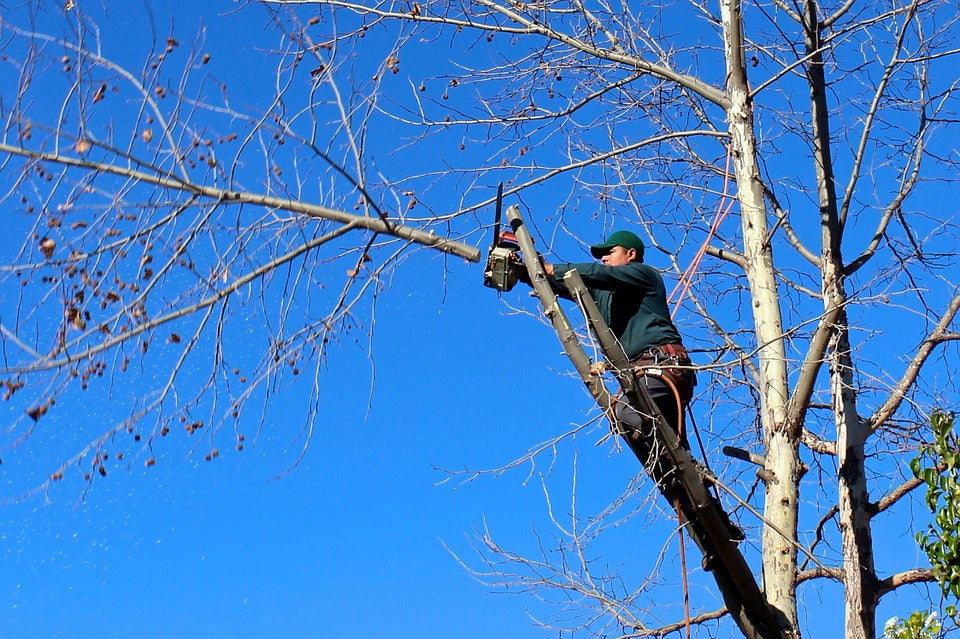
Do Things Right Now To Be Prepared in the Future
Share
Burlap for Protection & Pruning
Landscapes can be quiet the investment from everyday maintenance to new plotting and planning. To survive a dreadful winter, protect your new plants and plants you notice are struggling for survival with burlap coverings. Add extra protection by wrapping trees in burlap to protect from frost, snow and ice and fridged weather conditions. Winter burn, when winter sunlight hits with a decrease in soil moisture, can make it difficult for a plant to have a chance.
Prior to placing burlap over your plants consider winter or dormant pruning, when your plant is still alive, but not actively growing. The pre-winter conditions make it easier to see what your pruning and broken, weak, diseased and dead branches can be easily removed. Pruning promotes healthy growth while maintaining form to aid against overgrowth. You will find a nicely prune tree can withstand snow, ice and winter weather conditions ensuring your trees will last longer. If you cannot prune before winter, prune in the Spring after blooms begin to die.
But wait, before you stop reading! Do not prune those transplants or new additions. Avoid pruning for the first couple years. New plants need as many leaves as possible to produce the food required for strong root growth. However close to the trunk pruning is recommended for those branch dead or broken. After about three or four years prune as needed and years past four you maintain with pruning in shape and to maximize foliage. If you cannot prune before winter, prune in the Spring after blooms begin to die.
How to determine if limbs or branches are dead:
- No leaves, while other branches have growth.
- When leaves fall into the autumn months the branches that hold leaves should be checked because it is common for dead branches to not drop their leaves properly.
- Old branches without dark bark.
- Fungal growth.
Making proper cuts:
- We recommend a pole pruner for high branches.
- Small branches should be cut at a lateral bud (if possible). Ensure a clean cut at a slight angle about ¼-inch beyond the bud.
- For larger branches, cut on the outside of the ridge bark, the line of rough bark running from the trunk bark to branch at a 45-60-degree angle. Make sure to not leave an extruded stub. If you find the limb is too small and has yet to form a ridge collar, cut close.
Other types of pruning
- Topping, when the height is cut from the tree top, is done to reduce the size of a tree or to rejuvenate growth. Tree topping is not recommended because after two-three-months regrowth is vigorous, upright and bushy. Breakage is known to happen in heavy weather conditions and altered structure make trees more susceptible to diseases and insects, resulting in a shorter tree life.
- Thinning, reducing the size of a tree, removing branches by cutting back. Thinning returns a tree back to its natural state prior to growth, resulting in a open tree structure.
Recommended Pruning Tools
- Hand Pruners
- Lopping Shears
- Pruning Saws
- Pole Pruners
- Chain Saws
